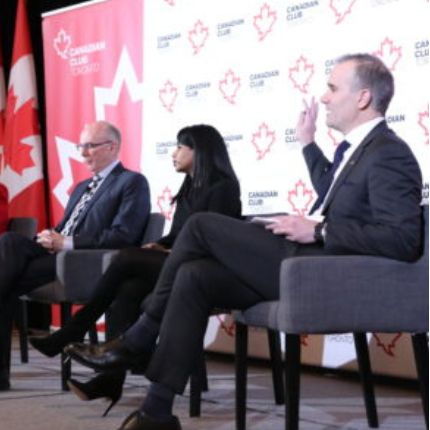Beyond the Podium

Upcoming Events
Divider – White
Sign Up
Don’t miss out
Sign up to receive updates on upcoming events and speakers.
Divider – White
Become a Member

Become a Member
Members can enjoy the benefits of access to our archives, advance notice of exclusive events, discounts & more!

